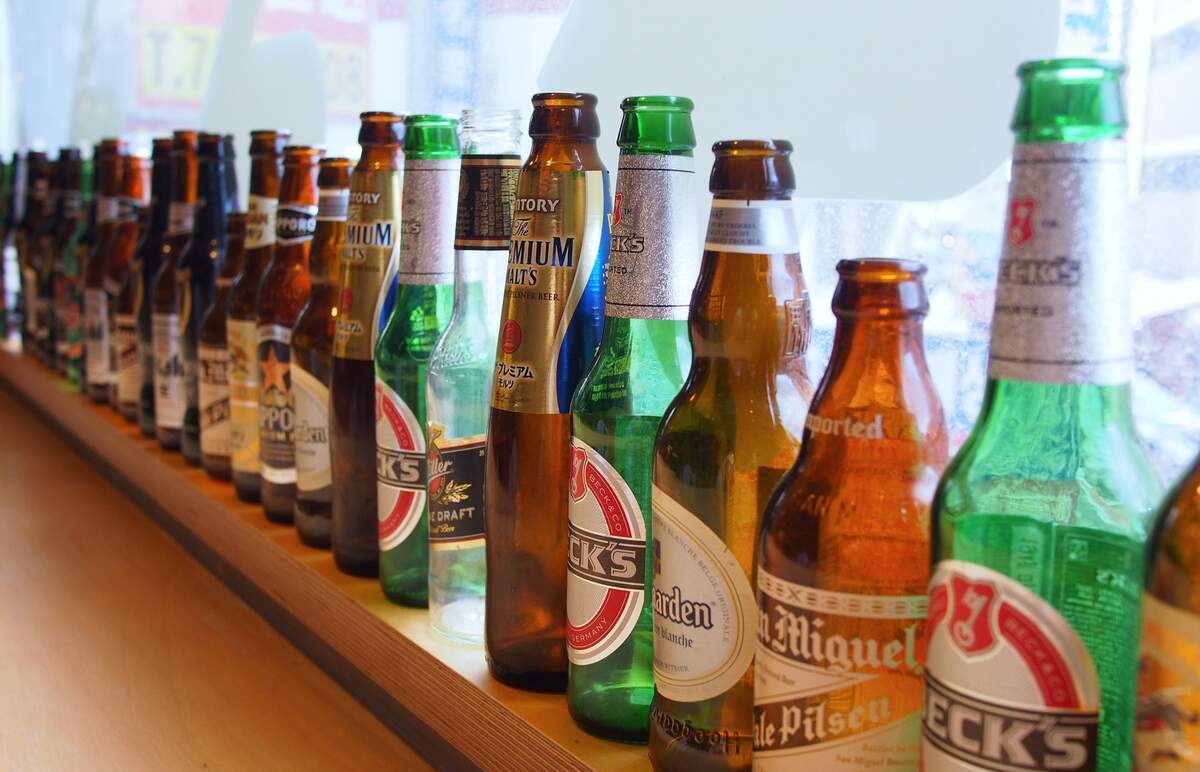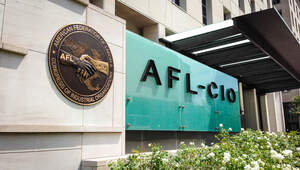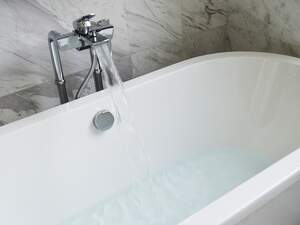

Repeal Day
Also known as
Repeal of Prohibition Day
Observed
annually on December 5th (since 2006)
Dates
Founded by
Jeffrey Morgenthaler on November 7th, 2006
Tags
Drugs & Alcohol
Food & Drink
Hashtags
Sources
Repeal Day celebrates the day that brought the Twenty-first Amendment into effect, after the final state needed to ratify it did so. The amendment repealed the Eighteenth Amendment, which had prohibited the production, transportation, and sale of alcohol. Although December 5 has long since been known as "repeal day," it was not officially celebrated as such until mixologist, bartender, and writer Jeffrey Morgenthaler shared his idea for the day in 2006. He believed it was appropriate to have a holiday celebrating the drinking of alcohol on the date, since the date had more of a direct connection to drinking than holidays such as St. Patrick's Day and Cinco de Mayo—days when drinking is quite popular. He also thought it made sense because it celebrated something that was protected by the Constitution of the United States. Furthermore he believed it was a day that anyone in the United States could celebrate, that the date fit nicely between the Thanksgiving and Christmas holidays, and that it could be easily celebrated by simply having a drink. The day has since become a registered trademark of The Museum of the American Cocktail.
Prohibition had come about after many years of work by those in the temperance movement, which wanted complete abstinence from alcohol. As a whole, the movement had close ties to the church. One of the main groups that was instrumental in the passage of the Eighteenth Amendment was the Women's Christian Temperance Union (WCTU), which believed an amendment would protect children, women, and families from the effects of alcohol abuse, by reducing social problems such as poverty, crime, mental illness, and drunkenness. Another important temperance group was the Anti-Saloon League, which had first took on alcohol by working to ban its sale at the state level. The fight against alcohol was dramatized by campaigners such as the hatchet-wielding Carrie Nation, who traveled around the country smashing up saloons. By the time the amendment went into effect, many states already had prohibition laws on the books, which helped with the final passage of the amendment. For example, by 1916 there were 23 states that had laws against saloons, and some had already banned the manufacture of alcohol as well.
On August 1, 1917, the US Senate passed a resolution with the language for a prohibition amendment, and On December 17, 1917, the House of Representatives passed a revised resolution. The following day the Senate approved the revised version, and it was sent to states for ratification. On January 16, 1919, the amendment became official, as Nebraska became the 36th state to ratify it. With it the consumption of alcohol was not banned, but the production, transportation, or sale of it was. There was a stipulation that it could not go into effect right away though, so it was not until January 17, 1920, that it began being implemented. In order to enforce the amendment, and to define which drinks were considered "intoxicating liquors," the Volstead Act was passed by Congress, overriding a presidential veto.
The amendment was quite controversial during its thirteen year existence, and public pressure eventually led to its repeal. There were debates to its positive and negative qualities during its implementation, as there have been since its repeal. Overall alcohol consumption declined during it, cirrhosis rates for men decreased, and admissions to mental hospitals for issues surrounding alcohol went down. There is some indication that overall violent crime didn't increase dramatically during Prohibition, and many people did decide to follow Prohibition when it came into effect.
Although overall drinking went down, in some areas more people drank, and they drank more. This fostered an underground bootlegging industry that was controlled by organized crime groups such as the Mafia, as well as by other gangs. Some members of the police force were bribed, and some politicians turned a blind eye. Still, many were prosecuted for violating liquor laws, which overburdened the justice system. While bootlegging was running rampant, gambling and prostitution also increased.
In the cities there were many speakeasies, or underground drinking establishments, but in the country and among the working class, drinking mainly moved from being in saloons to being a part of home life, exemplified in the rise in production of "bathtub gin" and moonshine. There also were many instances of the re-distilling of the alcohol in things such as perfume and paint, which were materials that contained poisons.
Prohibition also was costly. There was a large amount of money spent to enforce it, and there was a loss of tax revenue from the lack of alcohol sales. As the Great Depression began at the end of the decade, it was harder to justify Prohibition when an economic benefit from its repeal could be seen.
Many groups formed to repeal Prohibition, such as the Association Against the Prohibition Amendment (AAPA). Many women joined the repeal movement, after they saw the destructiveness of alcohol being increased by the amendment itself. The Women's Organization for National Prohibition Reform (WONPR) gained 1.5 million members, many of whom had previously supported Prohibition, but now saw it as leading to corruption, violent crime, and underground drinking. Many members also believed that when children saw that people were not following laws, it could have a negative effect on them. The WONPR, the AAPA, and other groups came together and founded the United Repeal Council. The council lobbied at the 1932 Republican and Democrat Conventions, and the Democratic Party's platform eventually included a plank calling for the repeal of Prohibition, and candidate Franklin D. Roosevelt said he would work to repeal Prohibition.
After Roosevelt was elected, he signed the Cullen-Harrison Act on March 22, 1933, which legalized 3.2% alcohol beer, and wine, and went into effect on April 7—which is now celebrated in the United States as National Beer Day. Congress proposed the Twenty-first Amendment on February 20, 1933, and state conventions ratified it, the last doing so on December 5, 1933, which repealed the Eighteenth Amendment, and gave us the date for Repeal Day.
How to Observe Repeal Day
Celebrate the day by having a drink! How about making one that was popular during the Prohibition era? While you are sipping on your drink you could read the Eighteenth and Twenty-first Amendments, watch Ken Burns' Prohibition, or read a book about the time. You could also plan a trip to the Museum of the American Cocktail.





















